Listed below are selected teacher resources for teaching English language arts.
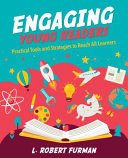 Engaging young readers: Practical tools and strategies to reach all learners,
Engaging young readers: Practical tools and strategies to reach all learners,
by L. Robert Furman
Grades: K-4
Beginner-level guide focusing on developmental reading strategies for elementary students at all stages and exploring how technology can be used to improve the skills of a wide range of readers, including beginning readers, struggling readers, reluctant readers, enriched readers and English Language Learners.
 Think big with think alouds, grades K-5: A three-step planning process that develops strategic readers
Think big with think alouds, grades K-5: A three-step planning process that develops strategic readers
by Molly Ness
Grades: K-5
The author presents five strategies that can help student become better readers: asking questions, making inferences, synthesizing, understanding the author’s purpose, and monitoring and clarifying.
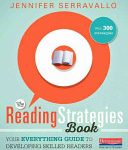 The reading strategies book: Your everything guide to developing skilled readers
The reading strategies book: Your everything guide to developing skilled readers
by Jennifer Serravallo
Grades: K-6
This book presents a wide range of techniques to allow teachers to develop individual goals for every reader, give students step-by-step instructions for reading with skill, guide readers using prompts aligned with a strategy, adjust instruction to meet individual needs, and more.
 The writing strategies book: Your everything guide to developing skilled writers with 300 strategies
The writing strategies book: Your everything guide to developing skilled writers with 300 strategies
by Jennifer Serravallo
Grades: K-6
From the author of The reading strategies book, this book presents a wide range of techniques to allow teachers to develop individual goals for every writer, give students step-by-step instructions for writing with skill and craft, coach writers using prompts aligned with a strategy, present mentor texts that support a genre and strategy, and more.
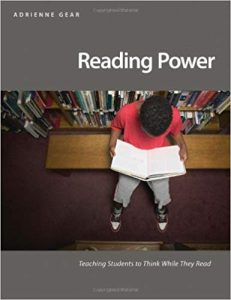 Reading power: Teaching students to think while they read
Reading power: Teaching students to think while they read
by Adrienne Gear
Grades: K-6
This book presents five thinking strategies that children can employ during their reading: connecting, questioning, visualizing, inferring, and transforming.
 Writing power: Teaching writing strategies that engage thinking
Writing power: Teaching writing strategies that engage thinking
by Adrienne Gear
Grades: K-6
The author examines how developing an awareness of readers’ thinking can influence and affect a student’s ability to write. A range of effective writing techniques are outlined and reinforced throughout the book, with suggested “anchor books” for each lesson.
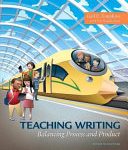 Teaching writing: Balancing process and product
Teaching writing: Balancing process and product
by Gail E. Tompkins and Pat Daniel Jones
Grades: K-8
The authors present an overview of the strategies that writers use, the writing genres, and the writer’s craft, along with techniques for improving the quality of students’ writing. Classroom artifacts, mini-lessons, and day-to-day teaching strategies are integrated throughout the text.
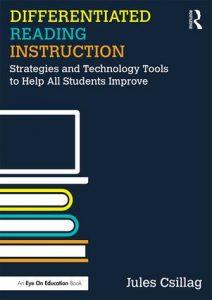 Differentiated reading instruction: Strategies and technology tools to help all students improve
Differentiated reading instruction: Strategies and technology tools to help all students improve
by Jules Csillag
Grades: K-12
This book explores how reading instruction can be differentiated using a range of technological tools, including text-to-speech programs, videos, interactive annotation tools, dictation software, and more.
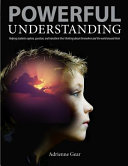 Powerful understanding: Helping students explore, question, and transform their thinking about themselves and the world around them
Powerful understanding: Helping students explore, question, and transform their thinking about themselves and the world around them
by Adrienne Gear
Grades: K-12
This book explores ways to build social emotional skills and help students make connections, question what they read, and reflect on their learning as they develop into stronger readers and learners. Strategic and critical thinking strategies revolve around core anchor books that help integrate thinking into all aspects of teaching and learning: from social responsibility, to immigration, to life cycles.
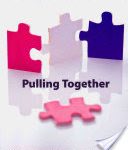 Pulling together: Integrating inquiry, assessment, and instruction in today’s English classroom
Pulling together: Integrating inquiry, assessment, and instruction in today’s English classroom
by Leyton Schnellert et al.
Grades: K-12
This book explores working together with students to develop and explore essential ideas and practices, including responsive teaching and assessment, reading as a personalized and meaningful experience, and critical literacy.
 Cultivating genius: an equity framework for culturally and historically responsive literacy
Cultivating genius: an equity framework for culturally and historically responsive literacy
by Gholdy Muhammad
Grades: K-12
This book examines culturally responsive practices, interventions, and supports for educators that can be utilized in school settings. “In CultivatingGenius, Dr. Gholdy E. Muhammad presents a four-layered equity framework–one that is grounded in history and restores excellence in literacy education.
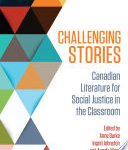
Challenging stories: Canadian literature for social justice in the classroom
edited by Anne Burke, Ingrid Johnston, and Angela Ward
Grades: K-12
This edited collection highlights the value of contemporary Canadian literature for addressing issues of social justice in elementary, middle school, and high school classrooms. The collection describes how a group of teachers selected Canadian social justice literature and developed curriculum around this literature.
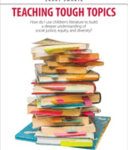
Teaching tough topics: how do I use children’s literature to build a deeper understanding of social justice, equity, and diversity?
by Larry Swartz
Grades: K-12
Teaching Tough Topics shows teachers how to lead students to become caring citizens as they read and respond to quality children’s literature. It focuses on topics that can be challenging or sensitive, yet are significant in order to build understanding of social justice, diversity, and equity.
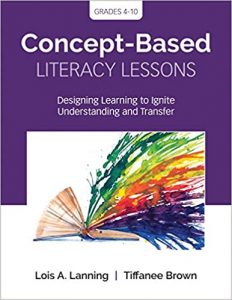 Concept-based literacy lessons: Designing learning to ignite understanding and transfer
Concept-based literacy lessons: Designing learning to ignite understanding and transfer
by Lois A. Lanning & Tiffanee Brown
Grades: 4-10
For literacy teachers looking for practical ways to implement a Curriculum and Instruction Model that’s more inquiry-driven and idea-centered, look no further than this book. This resource helps bridge the divide between conceptual curriculum and actionable practice, and provides practical support for teachers implementing Concept-Based literacy lessons.
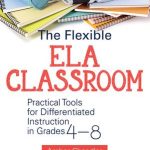 The flexible ELA classroom: Practical tools for differentiated instruction in grades 4-8
The flexible ELA classroom: Practical tools for differentiated instruction in grades 4-8
by Amber Chandler
Grades: 4-8
This book describes a range of strategies for use in the ELA classroom, including using choice boards and menus to teach vocabulary, reading, and presentation skills; grouping students strategically to maximize learning outcomes and encourage collaboration; making vocabulary learning interesting and memorable with visual aids, tiered lists, and personalized word studies; designing Project Based Learning lessons to unleash students’ creativity; and assessing students’ progress without the use of one-size-fits-all testing.
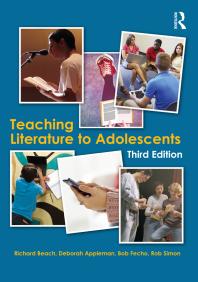 Teaching literature to adolescents
Teaching literature to adolescents
by Richard Beach, Deborah Appleman, Bob Fecho, and Rob Simon
Grades: 6-12
How do I teach what my students are reading? How do I help students understand what they are reading? How do I create opportunities to talk and write about texts? This questions and more are addressed in this practical guide to teaching literature to middle school and high school students. Available in print and as an eBook.
 Socialjusticeliteracies in the Englishclassroom: teaching practice in action
Socialjusticeliteracies in the Englishclassroom: teaching practice in action
by Ashley S. Boyd; foreword by Deborah Appleman
Grades: 6-college
This timely book focuses on different social justice pedagogies and how they can work within standards and district mandates in a variety of English language arts classrooms. With detailed analysis and authentic classroom vignettes, the author explores how teachers cultivate relationships for equity, utilize transformative language practices, demonstrate critical caring, and develop students’ critical literacies with traditional and critical content.
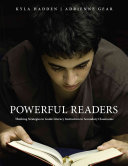 Powerful readers: Thinking strategies to guide literacy instruction in secondary classrooms
Powerful readers: Thinking strategies to guide literacy instruction in secondary classrooms
by Kyla Hadden and Adrienne Gear
Grades: 9-12
This book demonstrates that instruction in the key strategies of connecting, visualizing, questioning, inferring, determining importance, and transforming can help students develop their reading skills and get more out of their work with fiction and nonfiction. Includes step-by-step lessons for introducing and using the strategies, connections to literary devices, and reading lists for each strategy.
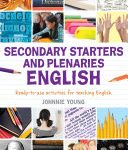 Secondary starters and plenaries: English
Secondary starters and plenaries: English
by Johnnie Young
Grades: 9-12
This book provides English teachers with 50 suggestions for embedding and extending learning in the classroom: from individual to whole-class activities, and from the energetic to the sedate. Each starter and plenary contains an ‘ideas generator’, making it easily adaptable for the whole ability range of a class.
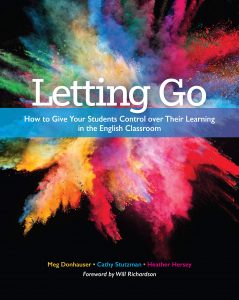 Letting go: How to give your students control over their learning in the English classroom
Letting go: How to give your students control over their learning in the English classroom
by Meg Donhauser, Cathy Stutzman, and Heather Hersey
Grades: 10-12
This book explores an inquiry-based approach which allows students to differentiate their learning, giving them the space to choose texts, develop questions, and practice skills based on their individual needs.
Finding More Resources
To find more resources in this area, try the following:
- Search using the General tab on the UBC Library website to look for material in all UBC Library branches.
- Search using “Search Education Resources” box in the left hand bar on the Education Library website to limit your results to physical materials in the Education Library.
- Use specific search terms, such as “English”, “English language arts”, “English language”, “equitable”, “diversity”, or “supportive”.
- To find lesson plans, include “lesson plans”, “lesson planning”, or “activity programs” in your search terms.
For more help with searching, please visit the Library Service Desk or e-mail ed.lib@ubc.ca.
 Classic Books: Read.gov (Library of Congress)
Classic Books: Read.gov (Library of Congress)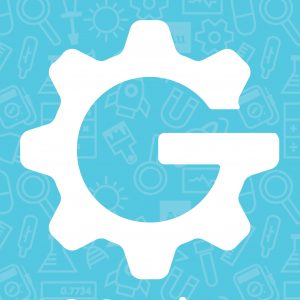 UBC Geering Up Engineering Outreach
UBC Geering Up Engineering Outreach
 Global Storybooks
Global Storybooks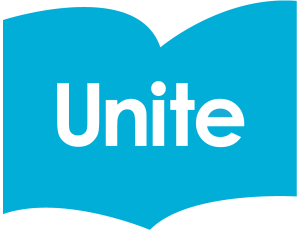 Unite for Literacy
Unite for Literacy Scholastic Learn at Home
Scholastic Learn at Home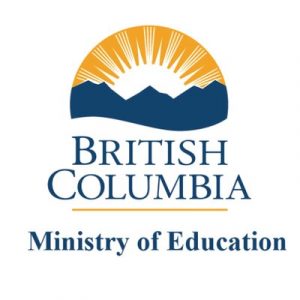 Keep Learning
Keep Learning  Lit2Go
Lit2Go
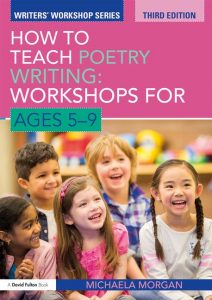 How to teach poetry writing: Workshops for ages 5-9
How to teach poetry writing: Workshops for ages 5-9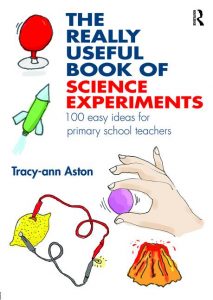 The really useful book of science experiments: 100 easy ideas for primary school teachers
The really useful book of science experiments: 100 easy ideas for primary school teachers The school garden curriculum: An integrated K-8 guide for discovering science, ecology, and whole-systems thinking
The school garden curriculum: An integrated K-8 guide for discovering science, ecology, and whole-systems thinking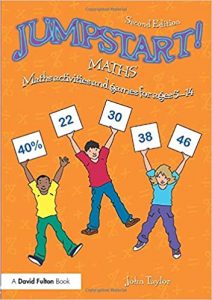 Jumpstart! maths: Maths activities and games for ages 5-14
Jumpstart! maths: Maths activities and games for ages 5-14 Powerful understanding: Helping students explore, question, and transform their thinking about themselves and the world around them
Powerful understanding: Helping students explore, question, and transform their thinking about themselves and the world around them Aboriginal worldviews and perspectives in the classroom: Moving forward
Aboriginal worldviews and perspectives in the classroom: Moving forward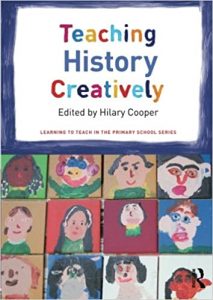 Teaching history creatively
Teaching history creatively Gymtherapy: Developing emotional wellbeing and resilience in children through the medium of movement
Gymtherapy: Developing emotional wellbeing and resilience in children through the medium of movement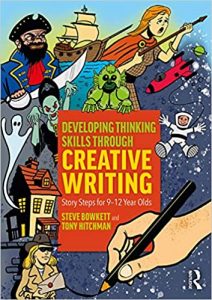 Developing thinking skills through creative writing: Story steps for 9-12 year olds
Developing thinking skills through creative writing: Story steps for 9-12 year olds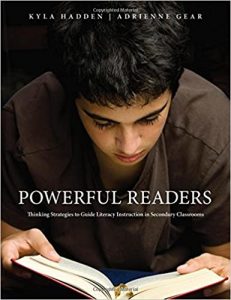 Powerful readers: Thinking strategies to guide literacy instruction in secondary classrooms
Powerful readers: Thinking strategies to guide literacy instruction in secondary classrooms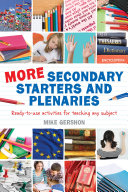
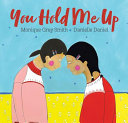
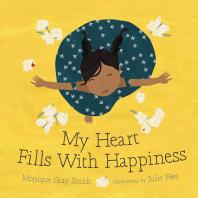 My heart fills with happiness
My heart fills with happiness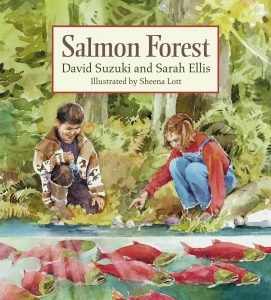 Salmon forest
Salmon forest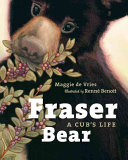 Fraser bear: A cub’s life
Fraser bear: A cub’s life Nimoshom and his bus
Nimoshom and his bus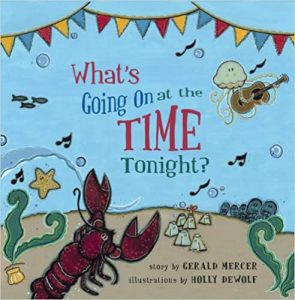 What’s going on at the time tonigh
What’s going on at the time tonigh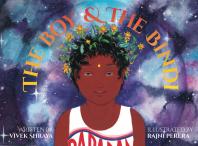 The boy & the bindi
The boy & the bindi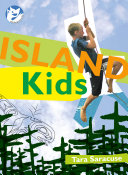 Island kids
Island kids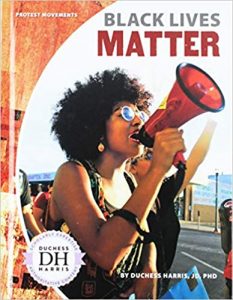 Protest movements series,
Protest movements series, Get-into-it guides series
Get-into-it guides series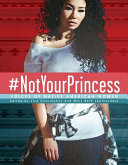 #NotYourPrincess: Voices of Native American women
#NotYourPrincess: Voices of Native American women One in every crowd: Stories
One in every crowd: Stories
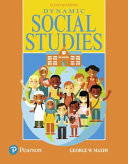
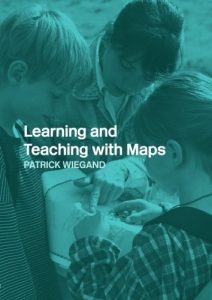


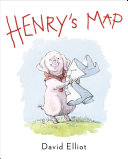



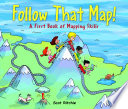
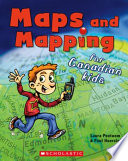
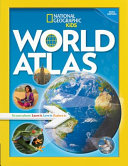
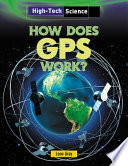
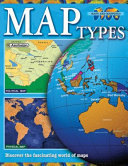
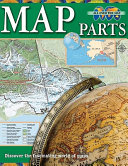
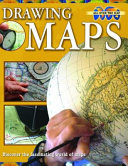
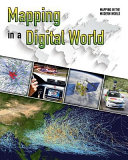

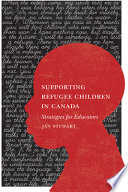
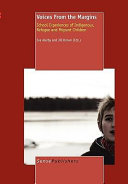
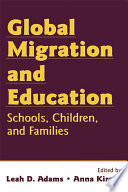

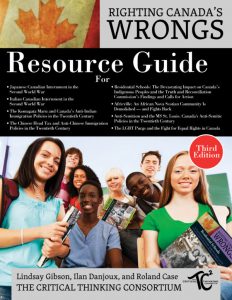



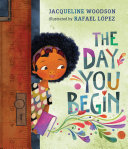

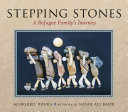
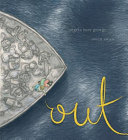
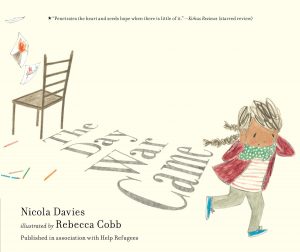

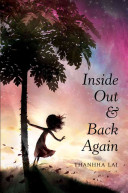

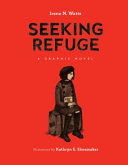
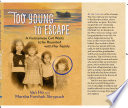
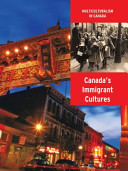
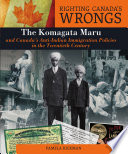
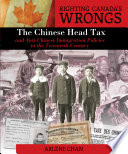



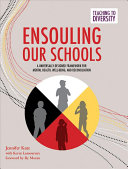

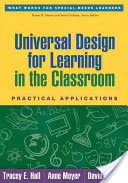
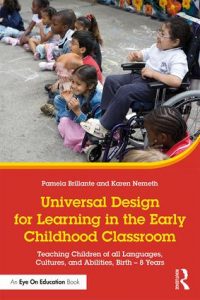

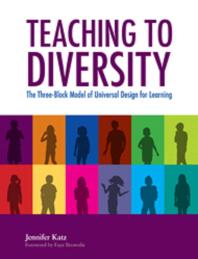
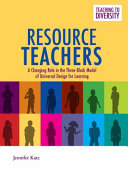
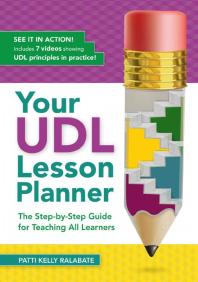
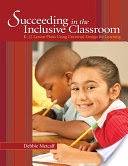

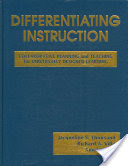



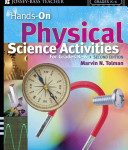
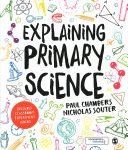
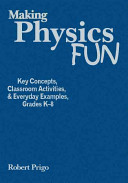
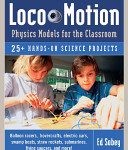
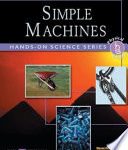
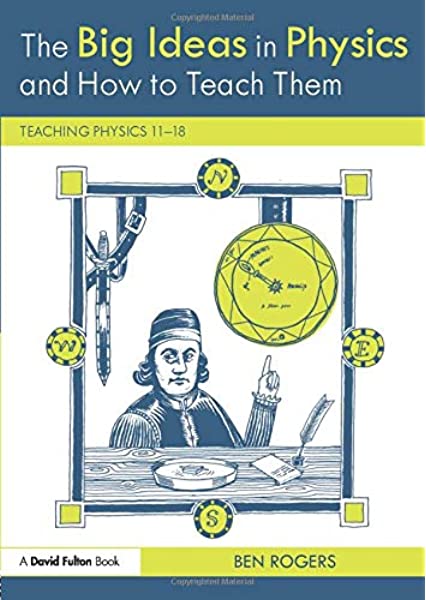
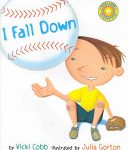

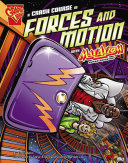
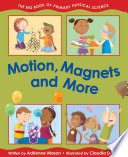
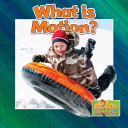
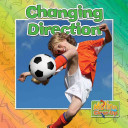
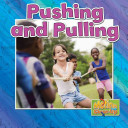

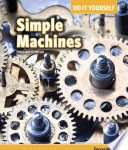
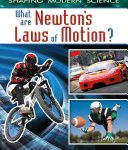
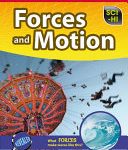

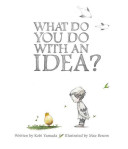
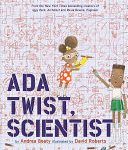
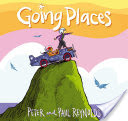
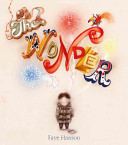

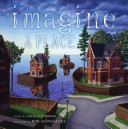

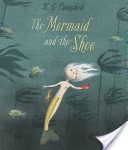
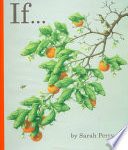

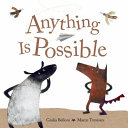

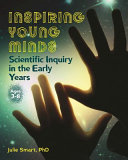

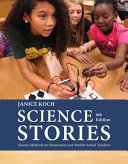
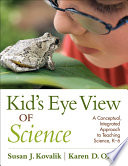
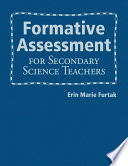
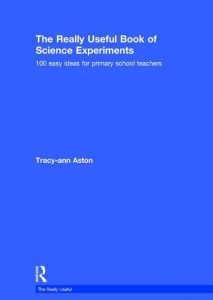
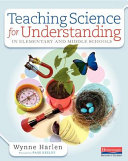

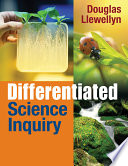

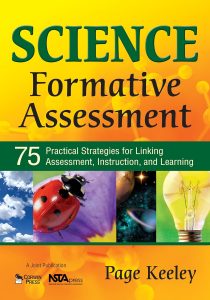

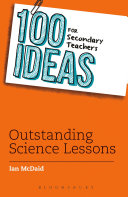
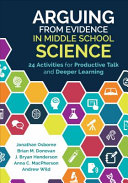


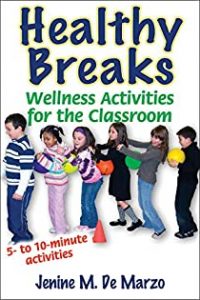
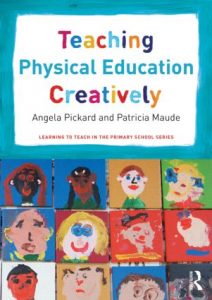 Teaching physical education creatively
Teaching physical education creatively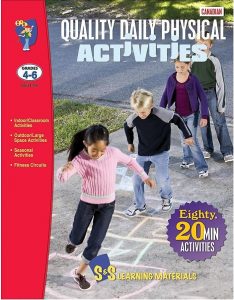 Canadian quality daily physical activities. Grades 4-6: 80 activities adapted for classroom & outside
Canadian quality daily physical activities. Grades 4-6: 80 activities adapted for classroom & outside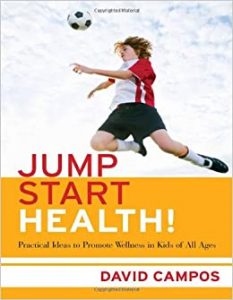
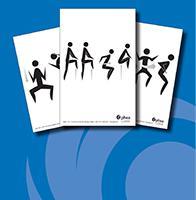 Ophea 50 fitness activity cards [Les 50 cartes d’activités physiques d’Ophea]
Ophea 50 fitness activity cards [Les 50 cartes d’activités physiques d’Ophea]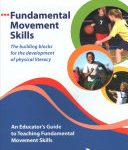
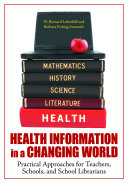 Health information in a changing world: Practical approaches for teachers, schools, and school librarians
Health information in a changing world: Practical approaches for teachers, schools, and school librarians A curriculum of wellness: Reconceptualizing physical education
A curriculum of wellness: Reconceptualizing physical education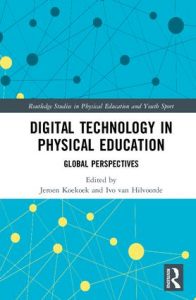 Digital technology in physical education: Global perspectives
Digital technology in physical education: Global perspectives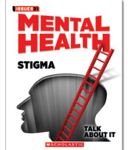
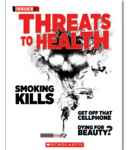
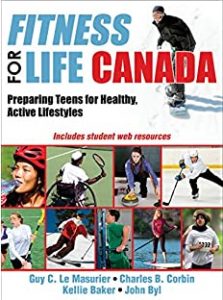 Fitness for life Canada: Preparing teens for healthy, active
Fitness for life Canada: Preparing teens for healthy, active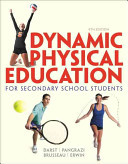 Dynamic physical education: For secondary school students
Dynamic physical education: For secondary school students
 Engaging young readers: Practical tools and strategies to reach all learners
Engaging young readers: Practical tools and strategies to reach all learners












 Teaching literature to adolescents
Teaching literature to adolescents

 Letting go: How to give your students control over their learning in the English classroom
Letting go: How to give your students control over their learning in the English classroom